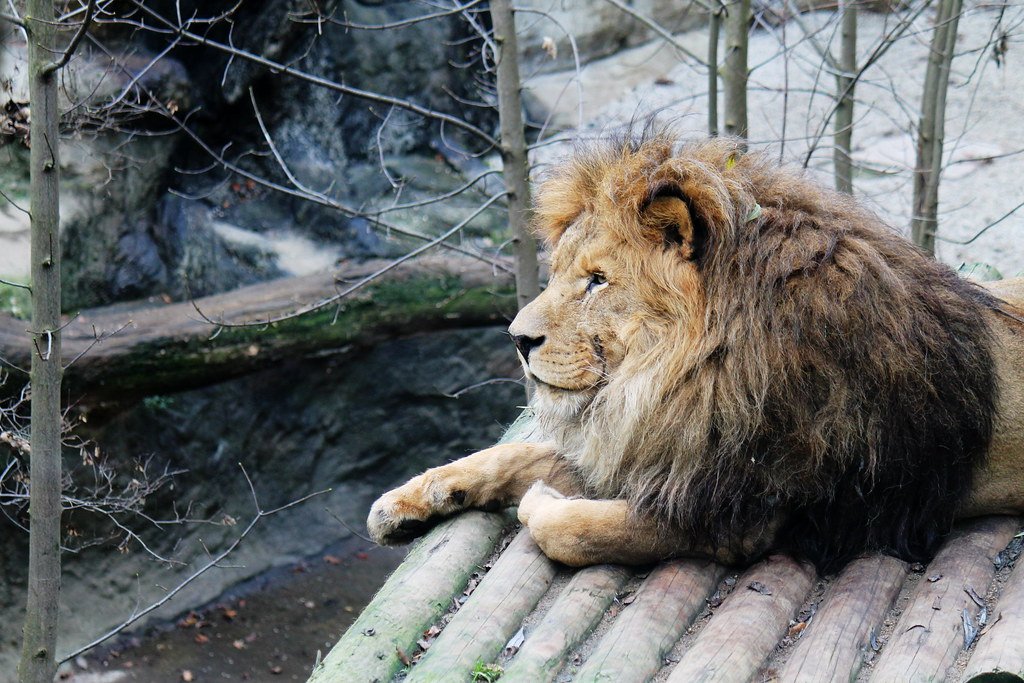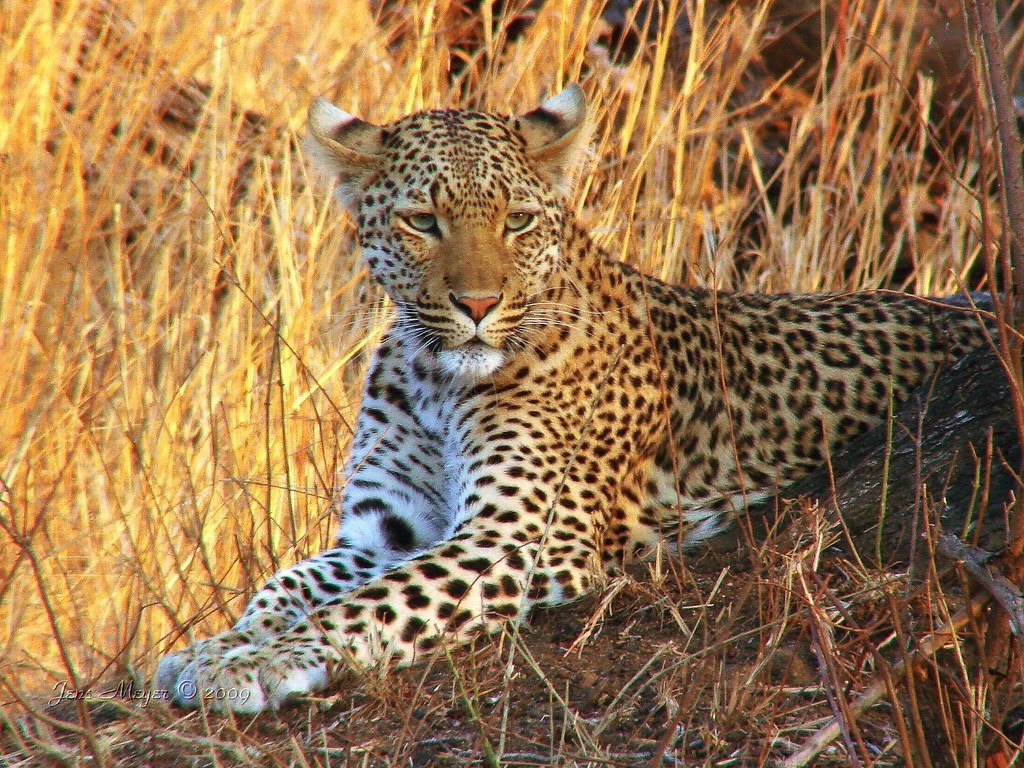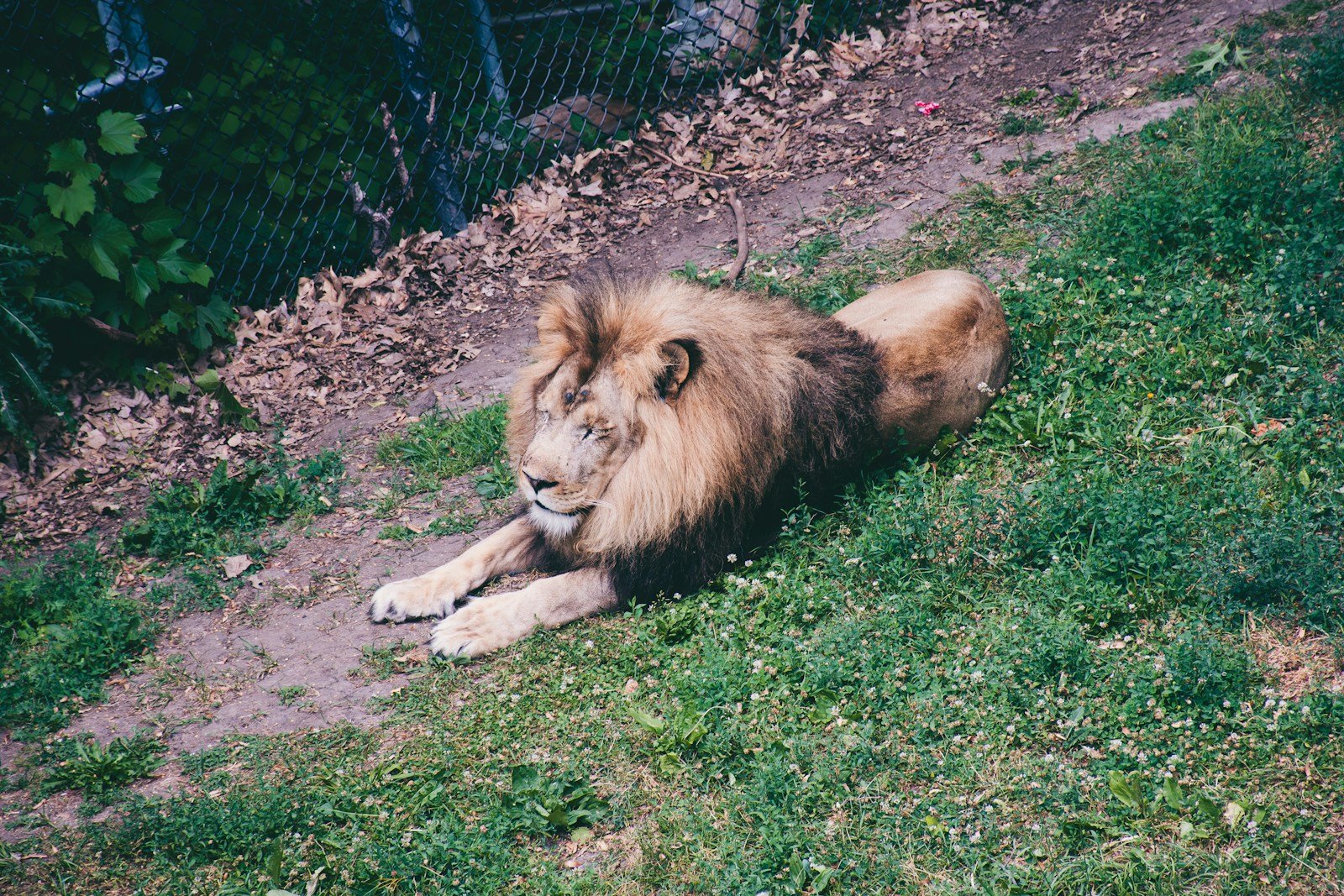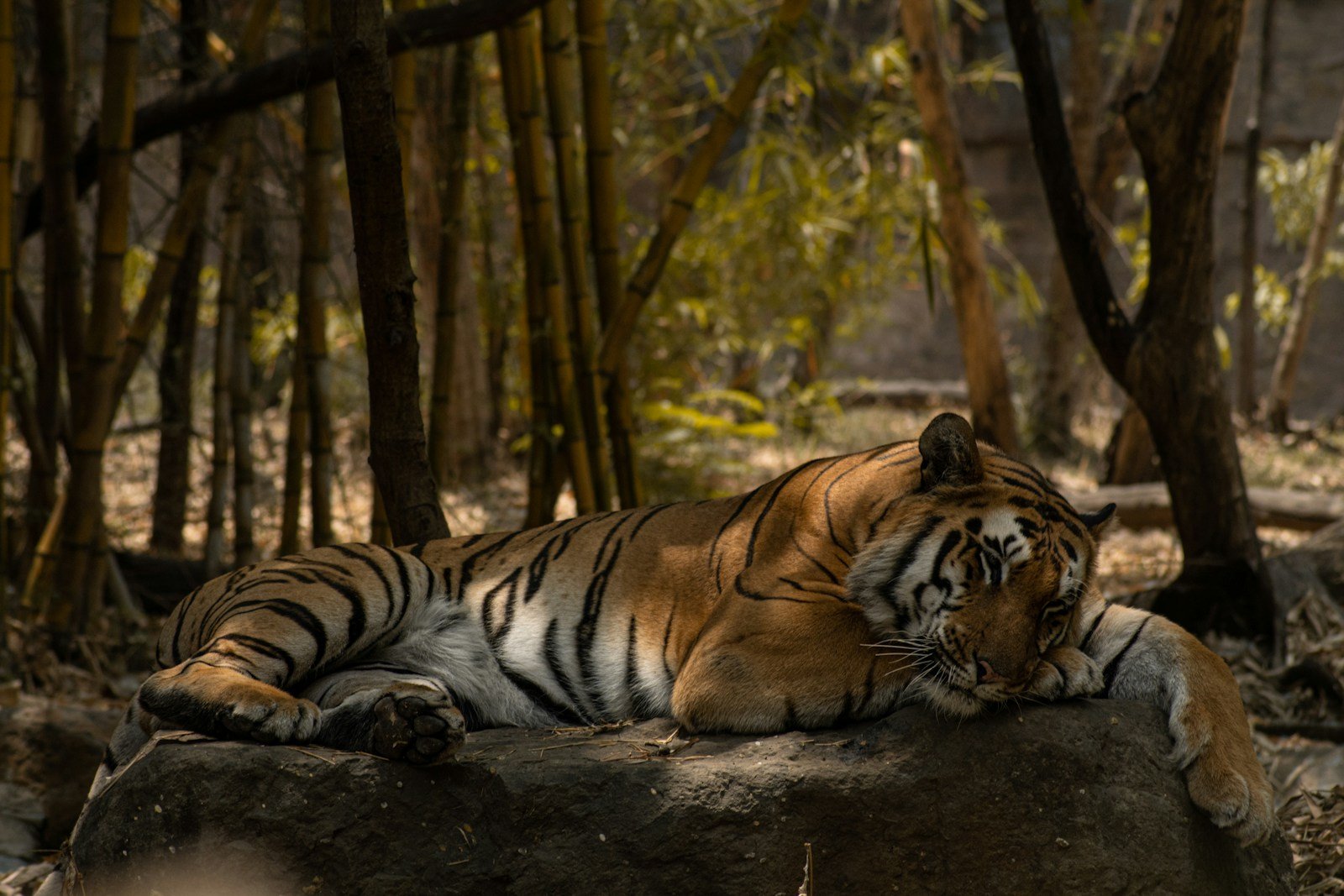Big cats, including lions, tigers, leopards, and cheetahs, are often the star attractions at many zoos worldwide. However, the debate over whether these majestic creatures should be kept in captivity continues to generate intense discussion among conservationists, animal welfare activists, and the general public. This article explores the various aspects of this debate, considering both the potential benefits and ethical concerns associated with housing big cats in zoos.
Conservation Efforts

One of the primary arguments for keeping big cats in zoos is their role in conservation. With many species facing the threat of extinction due to habitat loss, poaching, and human-wildlife conflict, zoos can provide a safe haven for these animals. Zoos participating in global breeding programs contribute to increasing the genetic diversity and population numbers of endangered species, ensuring their survival for future generations.
Educational Opportunities

Zoos offer unique educational opportunities to the public, allowing visitors to observe big cats up close and learn about their behaviors, habitats, and the threats they face in the wild. These experiences can foster a deeper understanding and appreciation for wildlife, potentially inspiring visitors to support conservation efforts. Educational programs can also highlight the importance of biodiversity and the interconnectedness of ecosystems.
Animal Welfare Concerns

Despite the educational and conservation benefits, there are significant concerns about the welfare of big cats in captivity. Critics argue that zoos cannot replicate the vast territories and complex environments these animals require. Limited space and lack of stimulation can lead to physical and psychological issues, such as pacing, depression, and obesity, collectively termed “zoochosis.”
The Ethics of Captivity

The ethical implications of keeping big cats in zoos are a point of contention. Some argue that it is inherently wrong to confine wild animals for human entertainment, regardless of the purported benefits. The question remains whether the potential educational and conservation gains justify the cost to the animals’ natural freedoms and well-being.
Improving Zoo Environments

Modern zoos are increasingly aware of the criticisms about animal welfare and are making strides to improve the living conditions of big cats. Enclosures are becoming more expansive and enriched with features that simulate natural habitats, encouraging natural behaviors such as climbing, hunting, and social interacting. Some zoos have adopted “immersion exhibits,” where visitors feel like they are walking through the animals’ native habitats.
The Role of Accredited Institutions

Accreditation by reputable organizations, such as the Association of Zoos and Aquariums (AZA) and the European Association of Zoos and Aquaria (EAZA), ensures that institutions meet high standards in animal care, conservation, education, and research. Accredited zoos are subject to regular inspections and must adhere to strict guidelines, helping ensure the well-being of big cats in their care.
Alternatives to Traditional Zoos

There is a growing interest in alternatives to traditional zoos, such as wildlife sanctuaries and rehabilitation centers. These facilities focus on rescuing and rehabilitating animals, often providing them with more space and a higher standard of living than conventional zoos. Some sanctuaries work towards releasing animals back into the wild, contributing directly to conservation efforts.
Public Perception and Influence

Public opinion plays a crucial role in the future of zoos and the treatment of big cats. As awareness of animal welfare issues grows, there is increasing demand for transparency and higher standards in animal care. This shift in public perception can influence zoo practices, encouraging improvements in animal welfare and promoting more ethical standards.
Conclusion: A Balancing Act

The question of whether big cats should be kept in zoos is complex, requiring a delicate balance between conservation efforts, educational opportunities, and ethical considerations. While zoos can contribute significantly to the survival of endangered species and foster public awareness, it is vital that they continually strive to improve living conditions and prioritize animal welfare. Ultimately, the decision to keep big cats in zoos should focus on what is best for the animals and their species as a whole.
Hi, I’m Bola, a passionate writer and creative strategist with a knack for crafting compelling content that educates, inspires, and connects. Over the years, I’ve honed my skills across various writing fields, including content creation, copywriting, online course development, and video scriptwriting.
When I’m not at my desk, you’ll find me exploring new ideas, reading books, or brainstorming creative ways to solve challenges. I believe that words have the power to transform, and I’m here to help you leverage that power for success.
Thanks for stopping by, Keep coming to this website to checkout new articles form me. You’d always love it!






